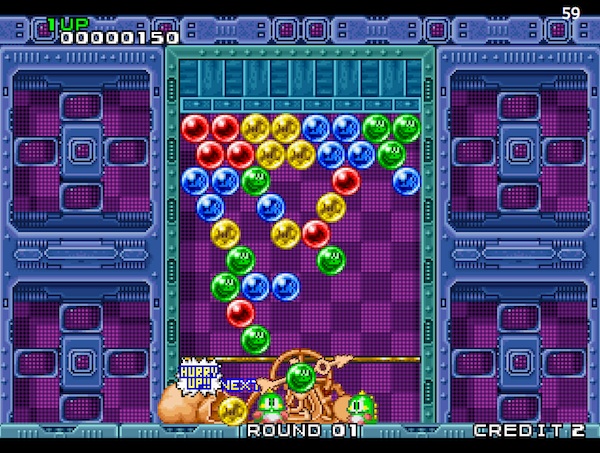Some months back I mentioned the notion of coin drop. The term refers to arcade games, where a player is offered the chance to continue their game ... so long as they insert a coin within 10 seconds. Essentially, it's a compliance-based pressure sales tactic.
TV masterpiece The Wire introduced me to the notion that American newspaper journalism can be pretty good stuff, and I started reading some of the quality US newspapers online. Despite being highly parochial, I've found them to be a very interesting source of information.
A recent article in The New York Times, entitled "I'm losing money. Why do I feel so good?", examined the psychology of gambling addiction and the ways in which casinos are using modern digital technology to manipulate players.
One major trick is to make players think that they've almost won. This is far easier with digital devices, because the designer can cheat by forcing events rather than waiting for them to occur randomly. For example, on a mechanical fruit machine the odds of getting three-in-a-row depend on the frequency of symbols on each reel. With a digital display, the symbols can be picked using an algorithm to ensure the appearance of an "almost won" state.
Of course, the key to this is to make the player forget that the machine is in charge. By simulating the appearance & rotation of traditional mechanical reels, and ensuring that "almost won" does not occur so often as to appear suspicious, the designer can ensure a more stimulating playing experience.
Manipulation of tension is nothing new. TV quizzes like The Chase build tension by adjusting the speed of delivery and difficulty of questions to ensure as close a finish as possible. Hollywood movies are constructed to make sure that the hero or heroine saves the day at the last possible second, snatching victory from the jaws of defeat.
From a game design perspective the "I want another go" reflex is vitally important. This comes back to the idea of flow, where the challenge and skills levels must be carefully paced to keep a player's interest.
One of my favourite examples of good flow is Tetris. The player undergoes a crisis when blocks fall badly, and must use skill to work their way out of the situation. The elation felt at only just "rescuing" the current game is addictive.
The player craves challenge, sometimes deliberately playing risky moves for the satisfaction of killing three or four rows of blocks at once. A skilled designer could include a secret mechanic which recognises such play and deliberately lowers the probability of long bricks until the block structure has risen high, to heighten the tension.
The game Puzzle Bobble, also known as Bust-a-Move or (its clone) Beehive Bedlam, follows an almost identical approach to tension, despite having a different core mechanic. This, too, can be artificially manipulated by adjusting probability to heighten the effect.
There are a number of ways to encourage a player to play again, and both carrots & sticks can be used. Coin drop uses a negative stimulus ("don't throw all that hard work away"); digital slot machines & games like Tetris use a positive one ("you almost did it that time!"). Either way the result is the same, which is to subtly manipulate the player into playing just one more time.




